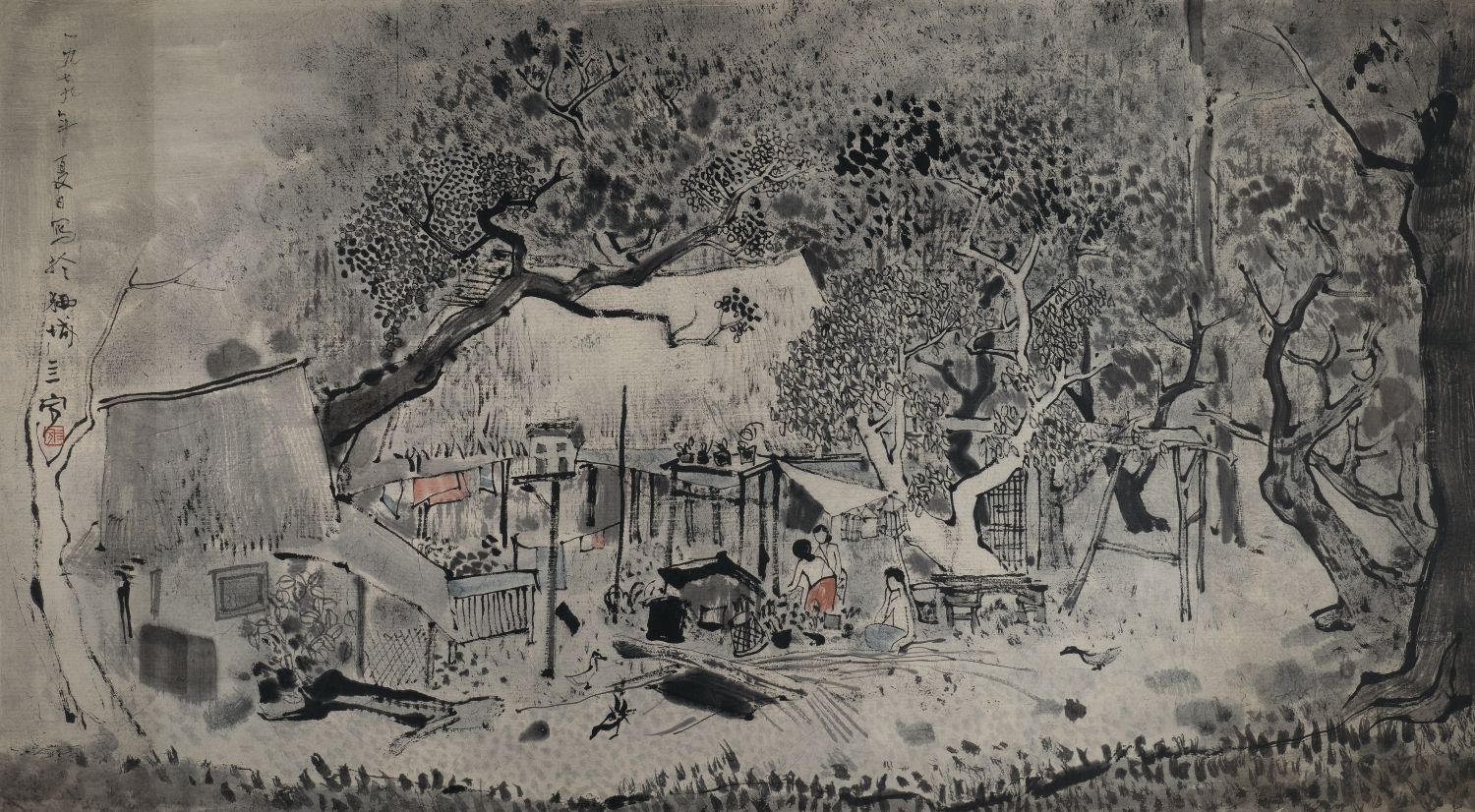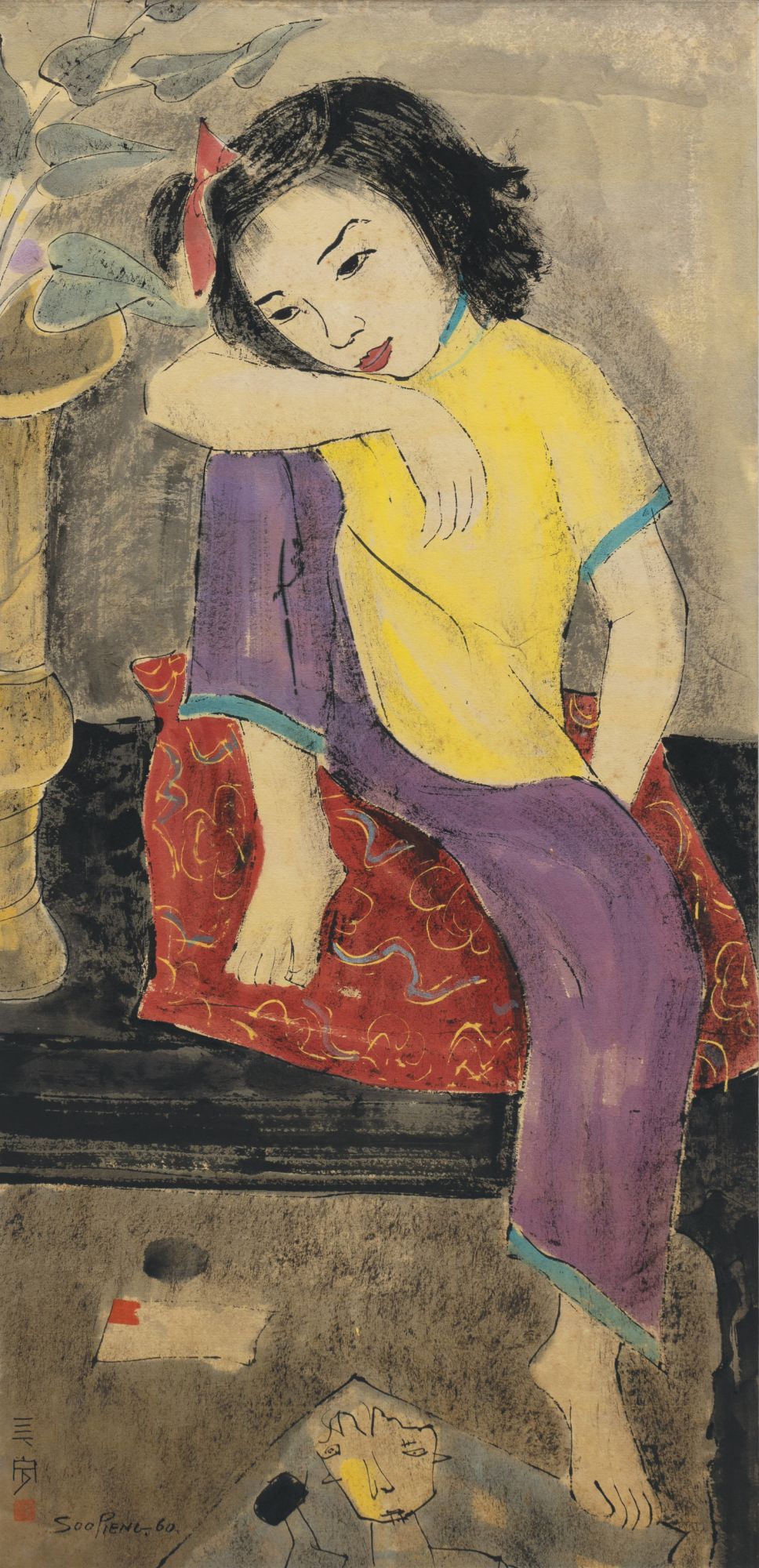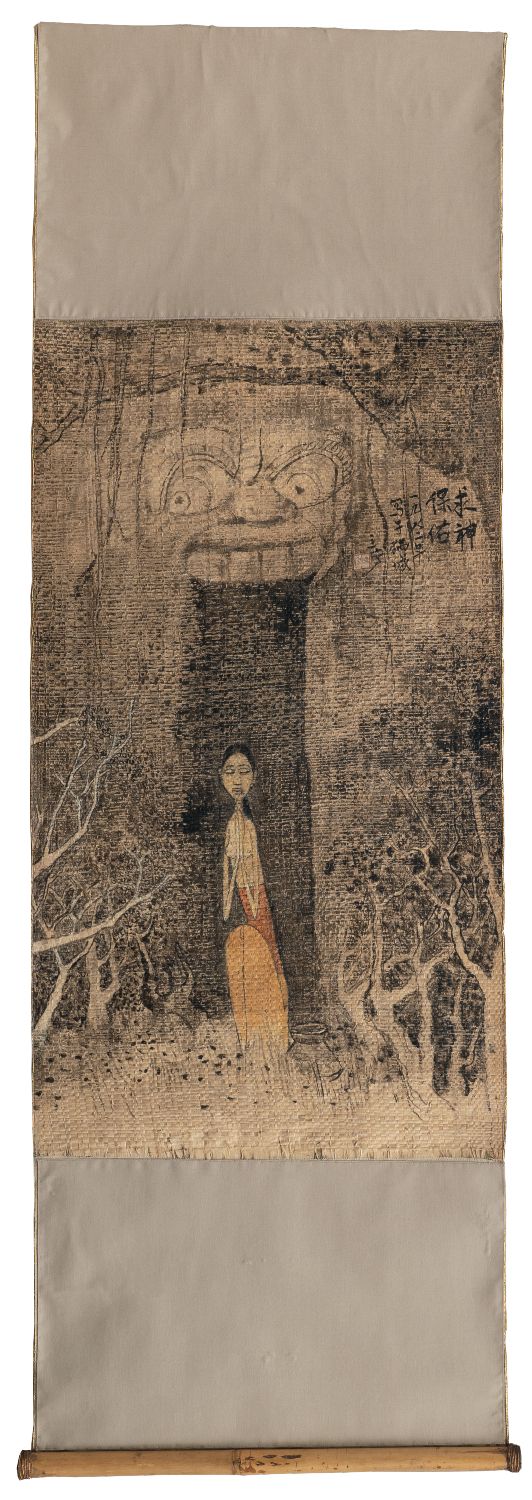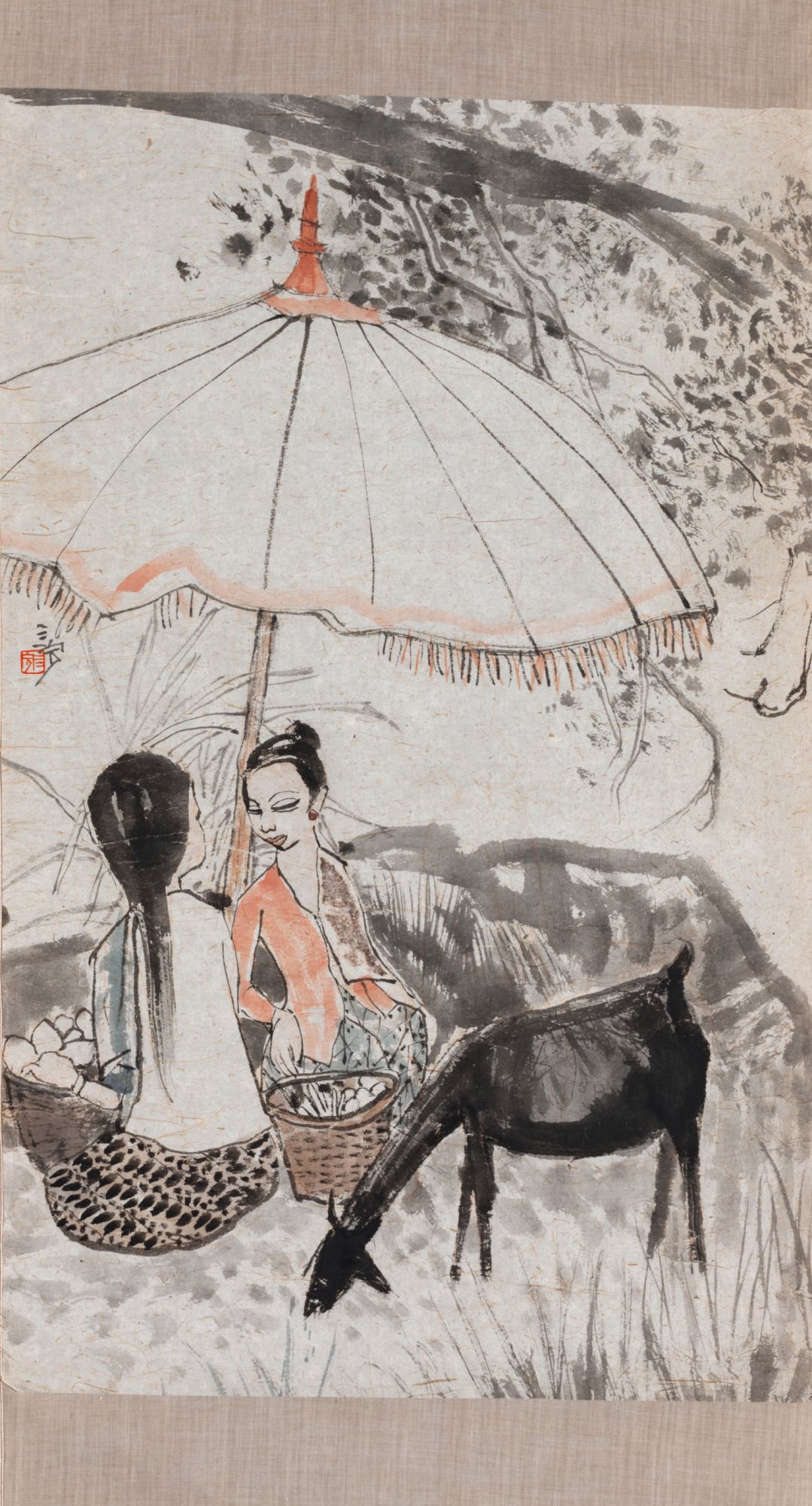Curated by art historian Tan Yong Jun, Tonalities: The Ink Works of Cheong Soo Pieng features over 100 ink works by the Nanyang artist, with many being exhibited for the first time
Drying Salted Fish is probably Cheong Soo Pieng’s best-known work. It “changes hands” daily for it is printed on the back of Singapore’s $50 note. (The 1978 work of Chinese ink and watercolour on cloth is in the collection of the National Gallery Singapore.) But it was the Singapore pioneer artist’s diverse artistic oeuvre that excited critics and collectors throughout his career and even till today. So it is no wonder that he was hailed as one of the most innovative Chinese artists of the 20th century.
Cheong’s entire body of ink work is explored in Artcommune Gallery’s milestone exhibition, Tonalities: The Ink Works of Cheong Soo Pieng, which opened last month at Artspace@Helutrans in Tanjong Pagar Distripark. Featuring over 100 ink works spanning the period of 1949 to 1983 (the year he passed away), the exhibition is said to be the first-ever retrospective survey of the styles and themes that the artist explored duing the different periods of his career.
Many of Cheong’s works have found their place in private art collections and some of their owners have generously loaned them for the exhibition, with many of the works being exhibited for the first time. Here’s what you need to know about the artist’s remarkable ink journey.
Related: 4 Things to Know About the UOB Painting of the Year Competition As it Turns 40 This Year
1. He was part of the historic Bali trip

Between the 1950s and ’70s, Cheong went on several painting sojourns overseas, but it was the historic 1952 Bali trip with fellow artists Liu Kang, Chen Wen Hsi and Chen Chong Swee that led to the birth of the Nanyang art style. This was also the start of Cheong’s lifelong fascination with Balinese figures and oriental motifs. Other trips that were known to have influenced his art include his longhouse stay in Borneo in 1959 which inspired a lifelong interest in the indigenous Dayak people; his European trip from 1962 to 1963 that led him towards his exploration of lyrical abstraction; and his first return trip to China in 1979 which reflected a new modern discourse steeped in Chinese classicism.






